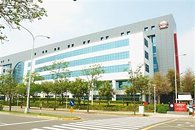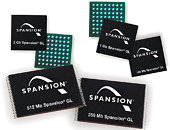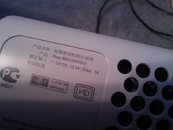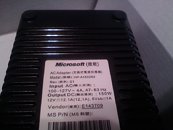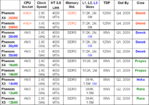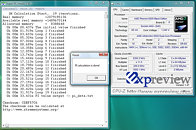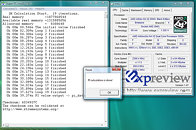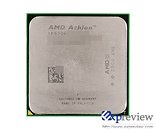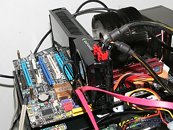
TSMC Expanding 28 nm Manufacturing Facility
With the advent of highly-complex 28 nm discrete PC graphics processors, and ARM designers lined up with their increasingly powerful SoCs, TSMC is bound to see a pile up of orders for chips built on its newest bulk manufacturing process. In view of this, the "messiah of the fabless" is planning an expansion of its 28 nm manufacturing facility. This expansion is set to occur a little later in 2012. TSMC reportedly is running at full capacity at its 12-inch fabs because of strong demand for 28 nm as well as 40 nm and 65 nm. Due to this, some designers are approaching TSMC's competitors UMC and Samsung for 28 nm bulk manufacturing, according to sources. The expansion will follow a revision of TSMC's capex target for 2012, up from US $6 billion.
